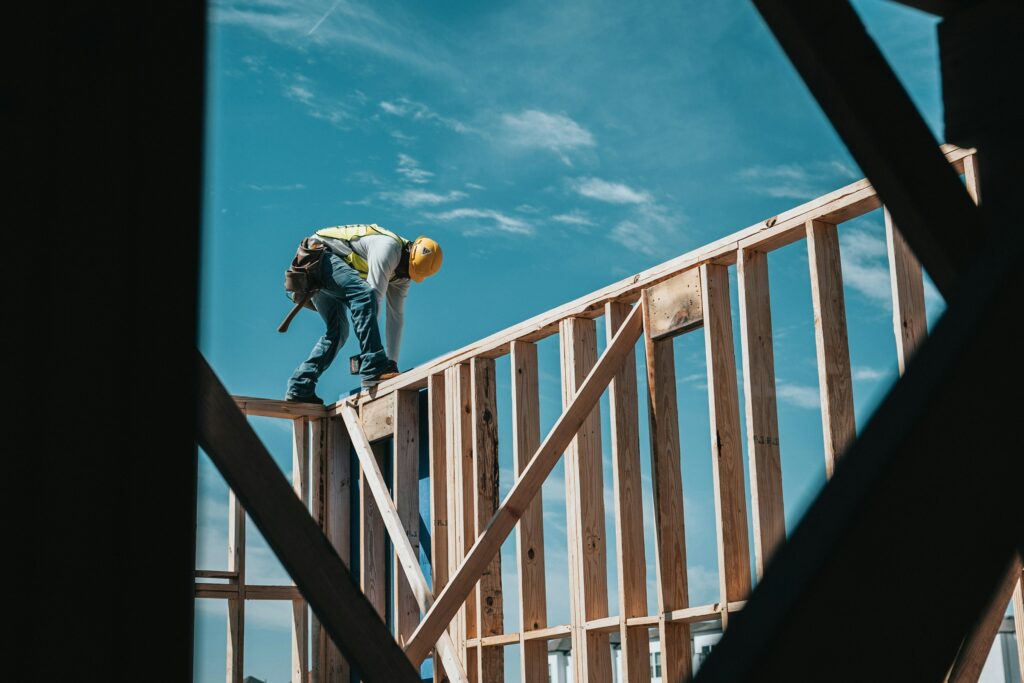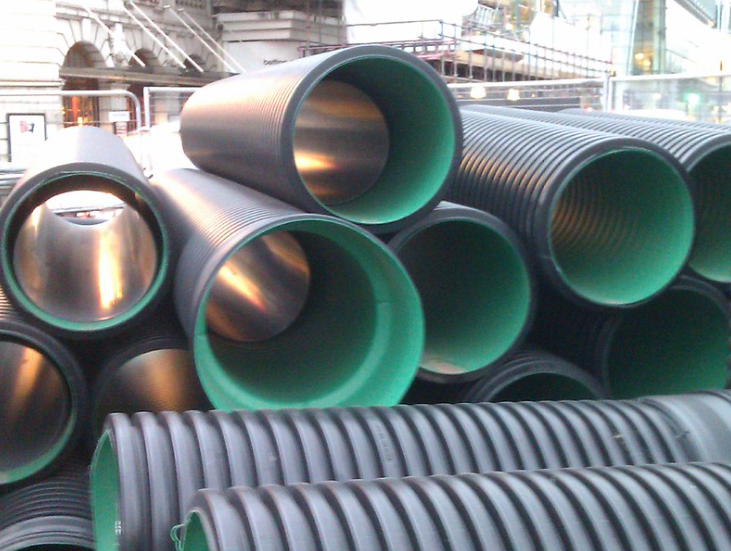In the dynamic realm of construction, technology continues to revolutionize the way projects are conceptualized, planned, and executed. From cutting-edge materials to advanced machinery and digital tools, innovative technologies are reshaping the landscape of the construction industry. In this article, we’ll explore five groundbreaking technologies that are revolutionizing construction practices and driving efficiency, sustainability, and safety to new heights.

Building Information Modeling (BIM)
Building Information Modeling, or BIM, has emerged as a game-changer in the construction industry. BIM involves creating digital representations of physical and functional characteristics of buildings and infrastructure. Unlike traditional 2D blueprints, BIM offers a comprehensive 3D model that encompasses spatial relationships, geographic information, and quantities. This technology enables architects, engineers, and construction professionals to collaborate seamlessly, detect clashes early in the design phase, and optimize building performance.
One of the key benefits of BIM is its ability to enhance project visualization and coordination. Through BIM, stakeholders can visualize the entire construction process, identify potential conflicts, and make informed decisions before ground is broken. Additionally, BIM facilitates better project management, cost estimation, and facility management throughout the lifecycle of the building.
Modular Construction
Modular construction is revolutionizing the way buildings are fabricated and assembled. This innovative approach involves constructing prefabricated modules off-site in a controlled factory environment and then transporting them to the construction site for assembly. By shifting a significant portion of the construction process indoors, modular construction offers numerous advantages, including accelerated project timelines, reduced labor costs, and enhanced quality control.
Moreover, modular construction promotes sustainability by minimizing waste, optimizing material usage, and reducing on-site disturbances. With advancements in modular design and technology, architects and developers are increasingly leveraging this approach to deliver projects faster and more efficiently while maintaining high standards of quality and safety.
Drones
Drones, also known as Unmanned Aerial Vehicles (UAVs), are revolutionizing construction project management and site inspection processes. Equipped with high-resolution cameras and sensors, drones enable aerial surveys, site mapping, and progress monitoring with unparalleled accuracy and efficiency. Construction professionals can use drones to capture real-time aerial footage of construction sites, track progress, and identify potential issues before they escalate.
Furthermore, drones enhance safety by reducing the need for manual inspections in hazardous or hard-to-reach areas. They also provide valuable data for project planning, resource allocation, and stakeholder communication. As drone technology continues to evolve, its applications in construction are expanding, offering new possibilities for enhancing productivity and safety on the job site.
3D Printing
3D printing, also known as additive manufacturing, is revolutionizing the construction industry by enabling the rapid prototyping and fabrication of complex structures. With 3D printing, architects and engineers can create intricate designs with unprecedented speed and precision, eliminating many of the limitations associated with traditional construction methods.
One of the most promising applications of 3D printing in construction is the creation of affordable and sustainable housing solutions. By using locally sourced materials and automated printing processes, 3D printed homes can be built in a fraction of the time and cost of conventional construction. Additionally, 3D printing allows for greater design freedom, enabling architects to explore innovative shapes and forms that were previously unattainable.
Augmented Reality (AR) and Virtual Reality (VR)
Augmented Reality (AR) and Virtual Reality (VR) technologies are transforming the way construction projects are planned, designed, and executed. AR and VR applications allow stakeholders to visualize building designs in immersive 3D environments, enabling better spatial understanding and design validation.
AR and VR also facilitate virtual walkthroughs of construction sites, enabling stakeholders to experience the finished project before construction begins. This immersive experience helps identify design flaws, optimize layouts, and improve communication among project teams. Moreover, AR and VR training simulations are enhancing safety protocols by providing workers with realistic scenarios to practice emergency procedures and hazard recognition.
In conclusion, these innovative technologies are reshaping the construction industry by driving efficiency, sustainability, and safety to unprecedented levels. By embracing these advancements, construction professionals can unlock new opportunities for creativity, collaboration, and project success in the digital age. As technology continues to evolve, the future of construction promises to be even more exciting and transformative.






